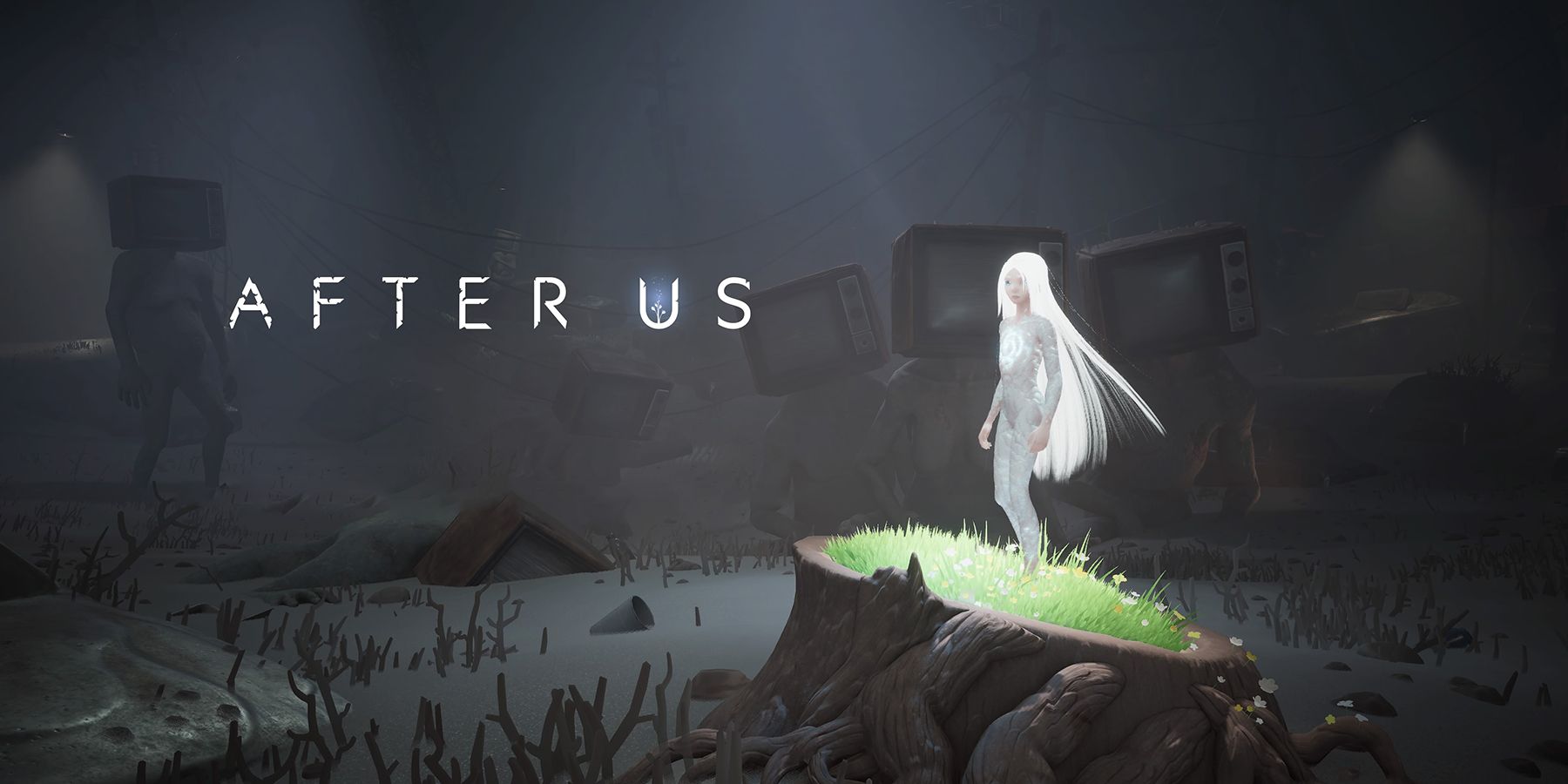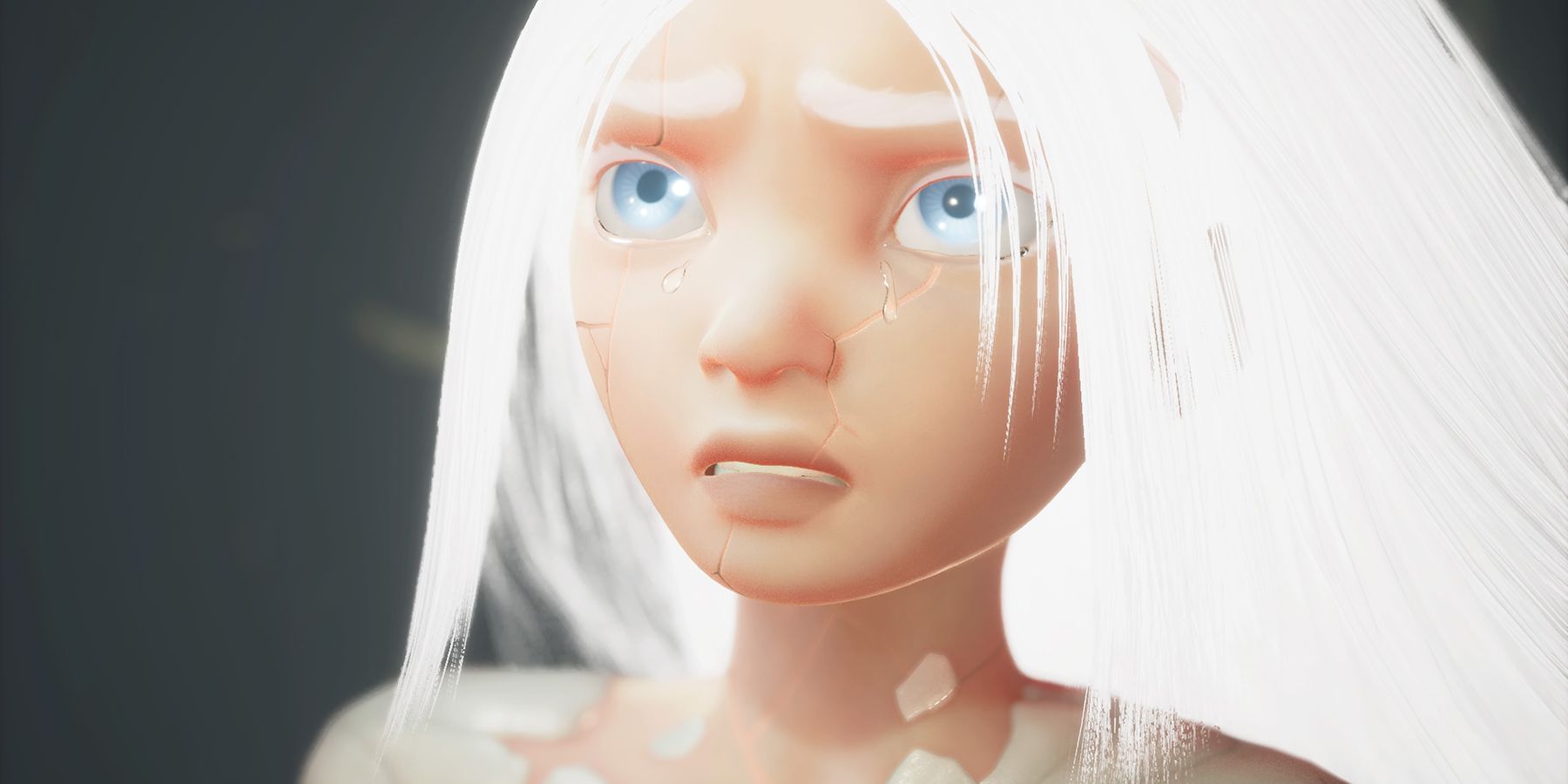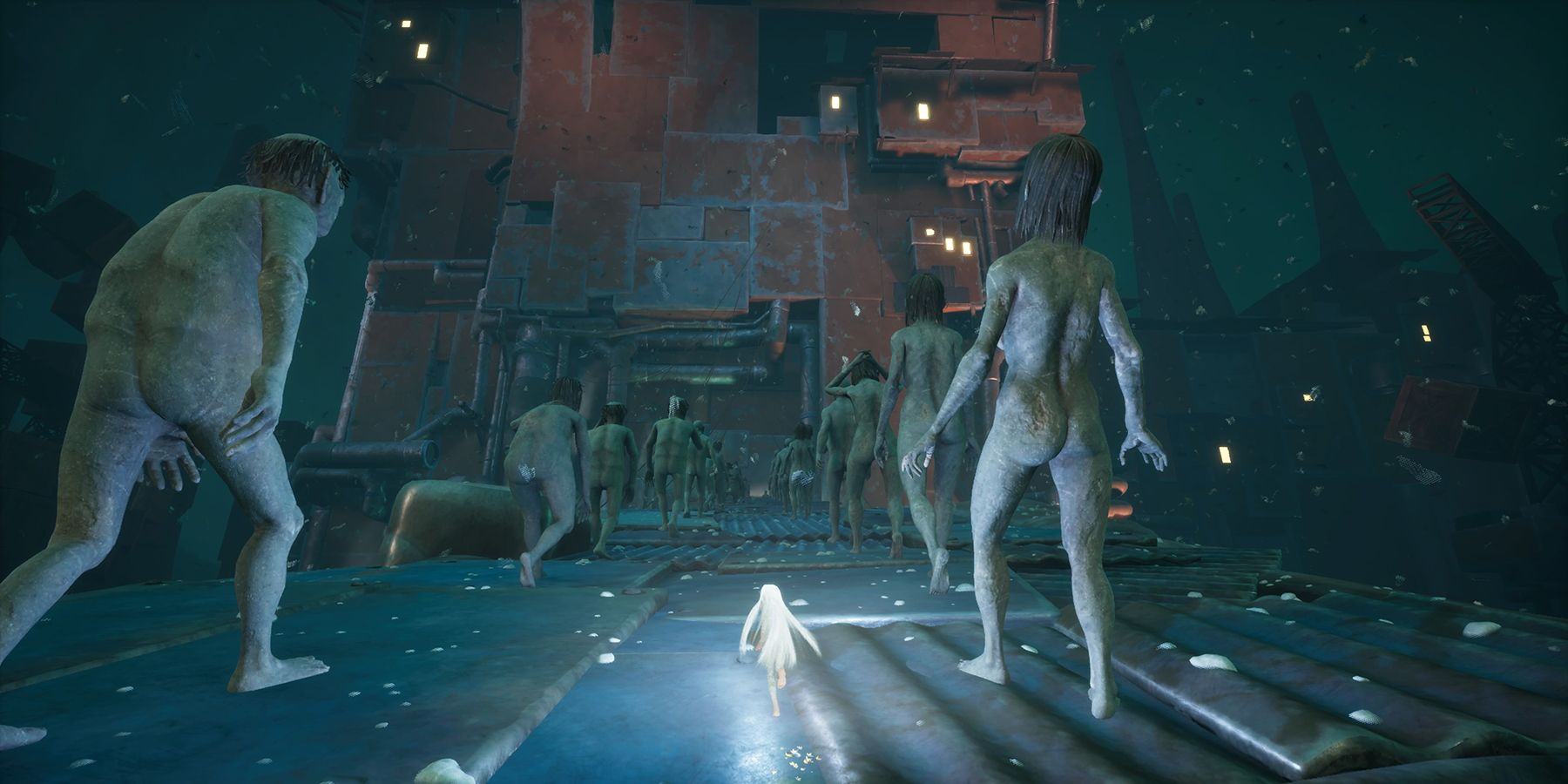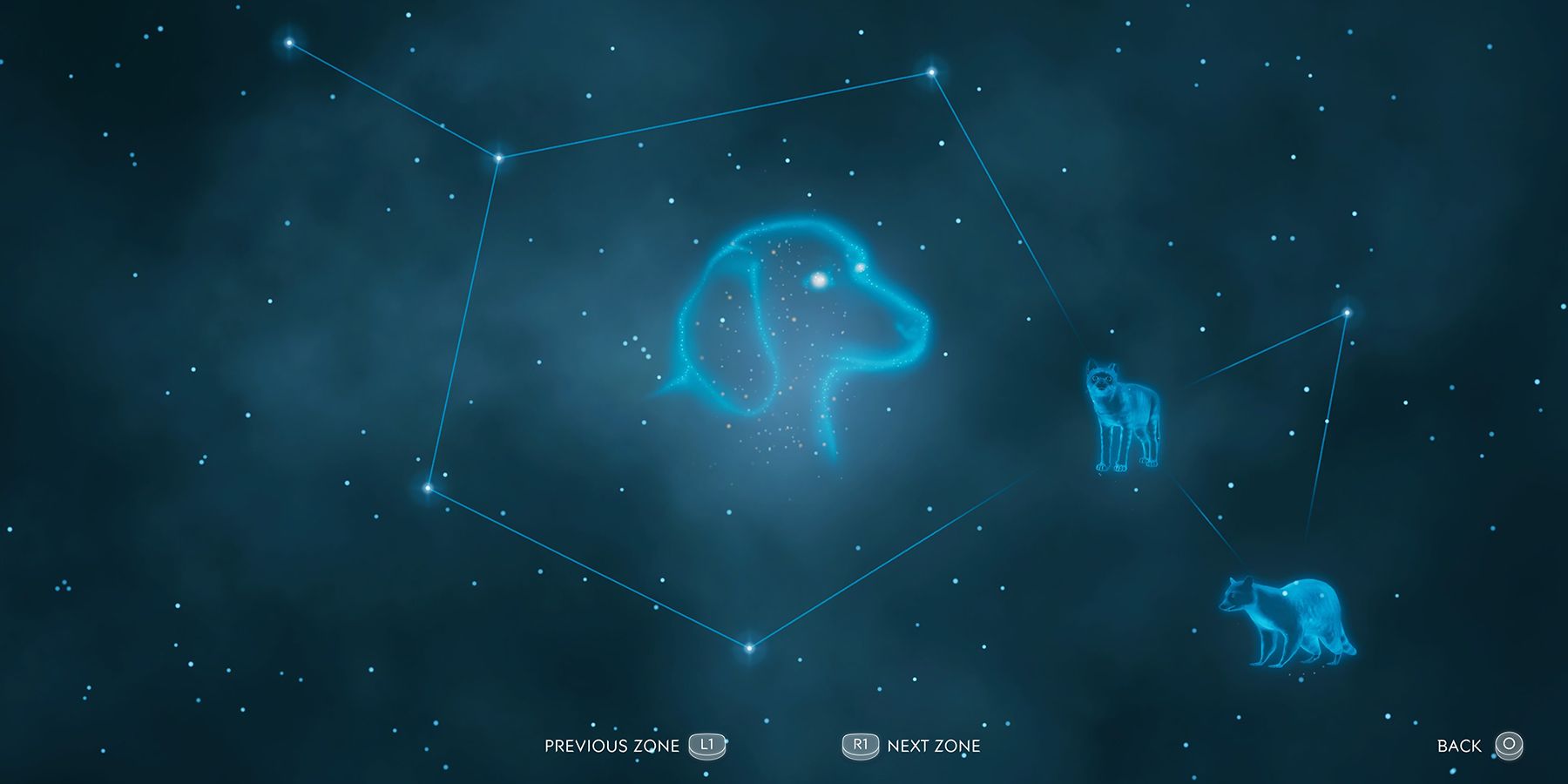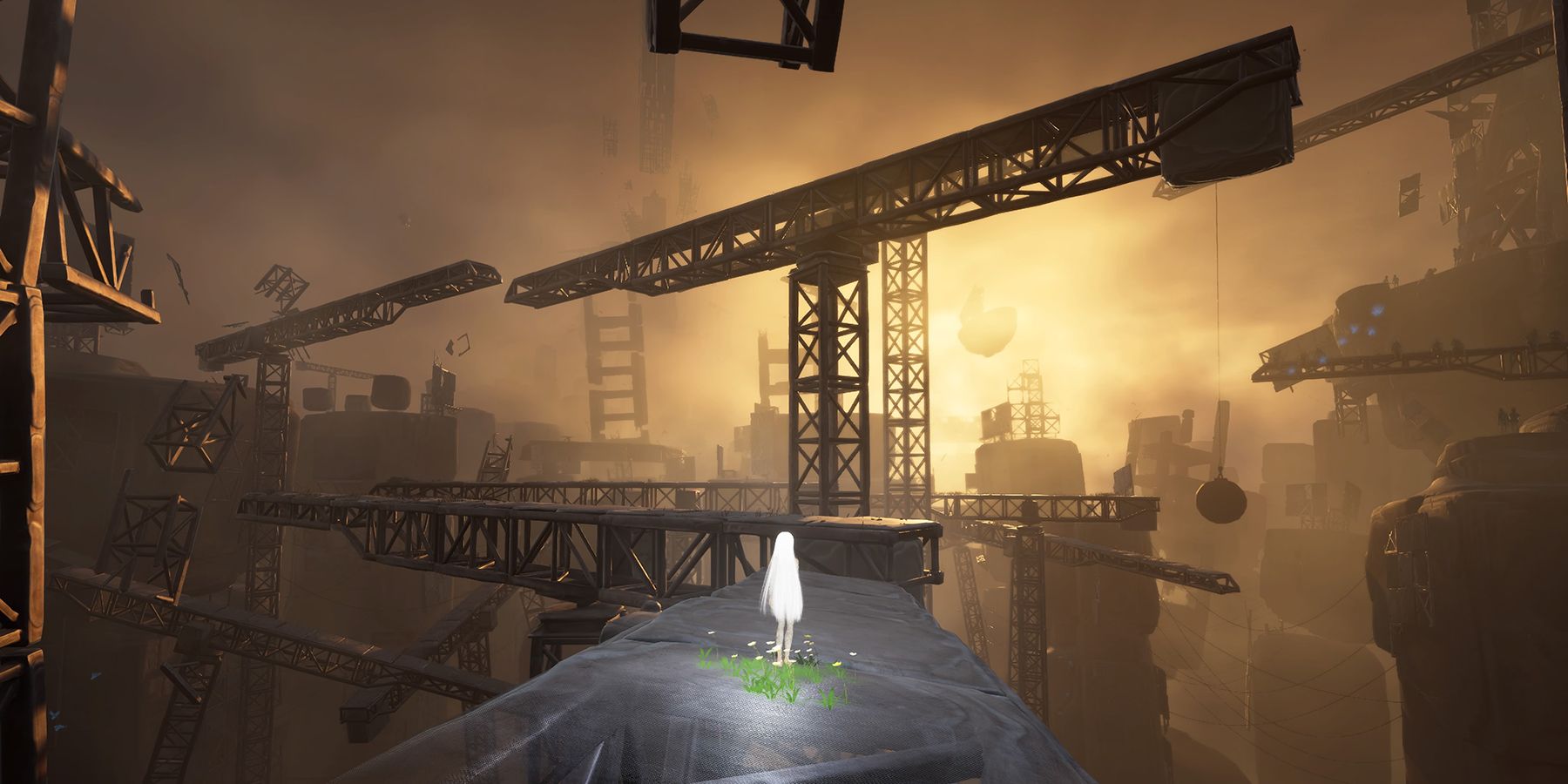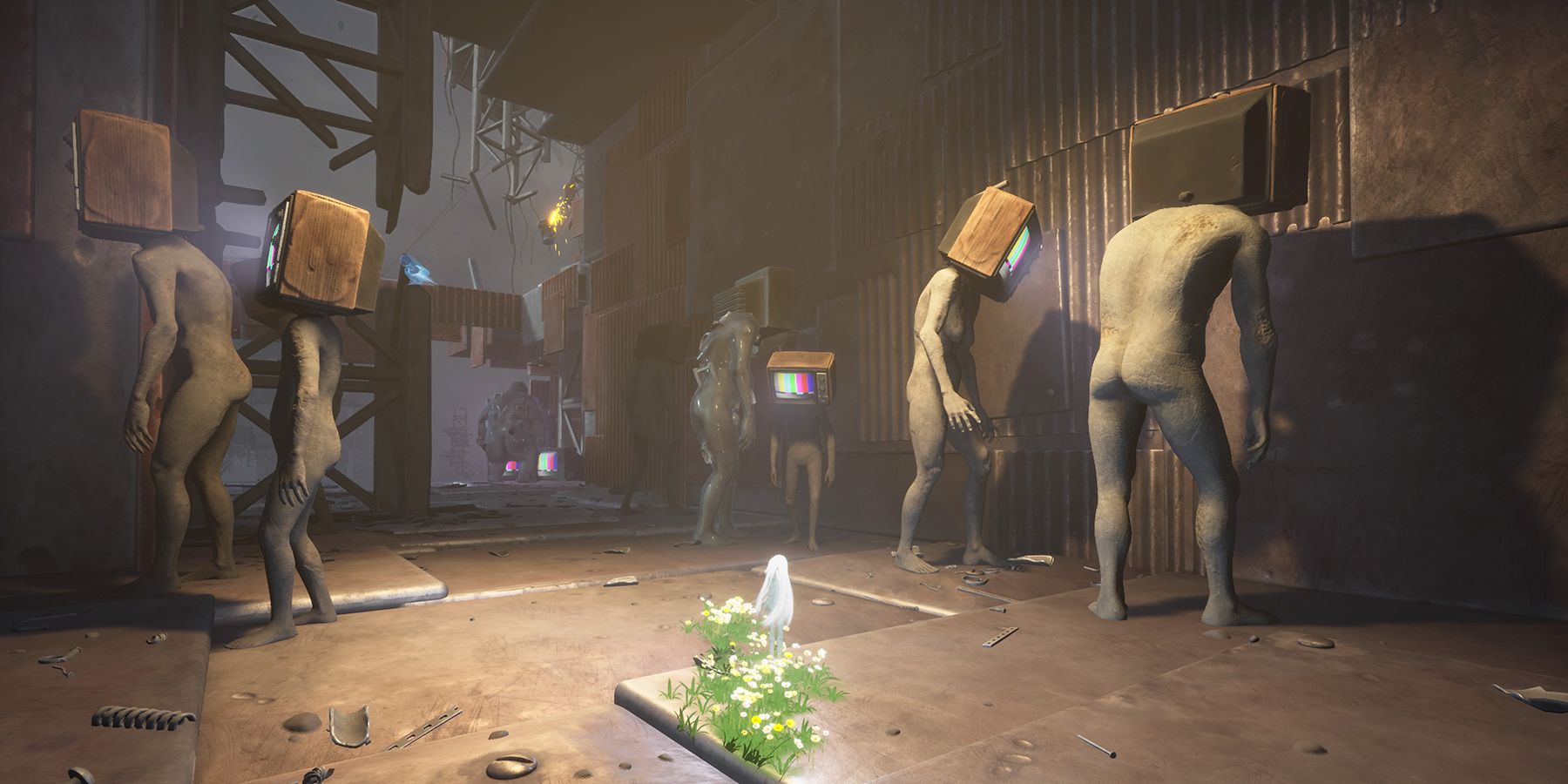Many video games have a tertiary layer of social or environmental commentary that can be accidentally or even intentionally overlooked. But some developers use games as a medium to convey a very clear message, and indie platformer After Us by developer Piccolo is one such missive.
Set on an Earth that has been stripped of all living creatures, After Us follows the difficult journey of Gaia, the Spirit of Life, as she sets out to restore the souls of extinct animals. The game unabashedly points out the impact that humans have had on the environment and the other beings they share the planet with. Now even they have disappeared, victims of their own destructive tendencies, and Gaia must decide if humans will be among the animals that she reintroduces to the Earth.
The premise of After Us is simple, as is the gameplay. Mother, a more powerful being than even Gaia, used her life force to save the souls of the animals, but they are trapped somehow. The game’s white-haired protagonist must travel to various locations, view the final moments of the very last animals on Earth, and then set them free to repopulate the planet.
To do this, Gaia has a number of powers that unlock one by one as the game progresses, though some are only useful in specific levels. Her primary ability is called Life, which appears in the form of a glowing white orb that can be used for a variety of tasks like temporarily cleansing the surrounding land, pushing things away, and taking down enemies.
Additionally, Gaia can climb special trees and use the boost they give to float long distances, wall-ride to run along vertical surfaces, surf along vines, and of course sprint, jump, double jump, and glide. The controls are simplistic, easy to pick up, and intuitive for the most part, though they do feel inexplicably unresponsive at times and occasionally result in a fall rather than a jump. Wall-riding is also frequently frustrating because Gaia doesn’t stay reliably stuck to the wall.
In that vein, there will be a lot of dying in After Us, and luckily the game has a generous checkpoint system that, barring a few specific instances, doesn’t make it particularly punitive to fail over and over. In addition to autosave checkpoints, there are numerous fast travel locations that can be unlocked during gameplay. This makes it easy to revisit areas to find the many collectibles scattered about.
These collectibles are the dangling carrot that spurs most of the gameplay. While the end goal is to reach the primary animal spirit of each level and free it, there are other souls along the way that also need to be found. These are glowing blue orbs that Gaia’s Life ability can interact with, and freeing these along with the main animal spirit will slowly populate a kind of constellation, one for each zone.
The second group of collectibles is memories, which are discovered by using Gaia’s Life on the human figures found throughout the levels. Though most of the statues are non-interactive, some yield a photo that recounts the story of a human who once lived in the area. Collecting the animal spirits and human memories will definitely appeal to completionists, and After Us makes it satisfyingly challenging but entirely possible to find all of them.
Sometimes, Gaia will happen upon a human figure or several that are still mobile. The majority of these are hostile, with glowing red eyes and covered in oil. These Devourers pursue Gaia and, if they catch her, will suck out her life force. She must use her Life to cleanse them and set them free. These brief moments of combat, which are slightly reminiscent of the encounters in The Last Guardian or PlayDead's Inside, occur at well-placed intervals that add a welcome bit of adrenaline to the game while not disrupting the general vibe of laid-back exploration.
Some of the environments in After Us also call those games to mind. Much of the imagery in Piccolo’s offering is imposing, with behemoth structures, usually of unclear functionality, stretching into the distance and reminding the player just how small Gaia really is as she takes on the giant task before her. The game’s various settings, even if just a depleted lumberyard scattered with stumps, can be incredibly beautiful and even a little breathtaking.
The message conveyed in each level can be just as moving. Each is themed after the main spirit animal that it houses. So the whale level requires Gaia to dodge harpoons, the deer level is covered in traps, and circular saw blades pursue her in the lumberyard. Piccolo wants players to feel sadness and empathy as they watch how the very last animals were killed, and the developer succeeds. Seeing the very last pig strung up by its hind legs is poignant, as is opening the door of the cage that held the very last eagle.
And the levels are remarkably varied in After Us, with each feeling distinct and offering a slightly different gameplay experience. Even though the mechanics remain mostly the same — platforming, gliding, and environmental puzzle solving — they are presented in such a way and combined with unique obstacles to make each new location feel fresh.
For example, the Countryside is covered in trash that can be “cleansed” with Life to discover hidden collectibles or paths, and a constant black rain harms Gaia over time and requires her to regularly seek shelter. The Ocean provides the requisite water level, with siphons pulling her from one area to another. And in the Power Plant, Gaia must reconnect the electricity to power on scattered televisions that are used as teleporters. No two levels are completed the same way, and each introduces a gameplay loop that keeps After Us interesting and engaging from beginning to end.
Despite the threat presented by the Devourers, who are delightfully scary in their relentless pursuit of Gaia, the camera in After Us is actually the biggest enemy players will encounter. It will regularly be the cause of an untimely death, thanks to not turning quickly enough or concealing the path by pointing the wrong way. This is particularly troublesome while wall-riding, which is already the toughest ability to control. But it’s even more vexing when Gaia needs to move to the left, for example, but the camera continues facing forward, meaning the player has to jump blindly and probably die.
After Us is also not without its share of technical issues. Along with a couple of hard crashes to the console’s dashboard, there were recurring hang-ups as the game tried to autosave. These didn’t happen excessively and only became really noticeable about halfway through the game, but they could last up to five seconds and were frequent enough to become irksome. And occasionally, Gaia would get stuck between two random objects and the game would just kill her off to fix the problem.
Published by Private Division, Piccolo’s platformer set in a post-human world is a solid offering and another reminder that indie games can provide well-rounded, memorable experiences. After Us can be completed in about 10 hours, 20 for thorough explorers, and nearly every minute of it will be enjoyable. The visuals are impressive, the gameplay is fun, the levels are varied, and though the story is rather simplistic and a bit vague, it serves its purpose. After Us probably won’t rise to the top for many people, but it definitely won't sink to the bottom either.
After Us is available on PC, PS5, and Xbox Series X/S. Game Rant was provided a PS5 code for this review.
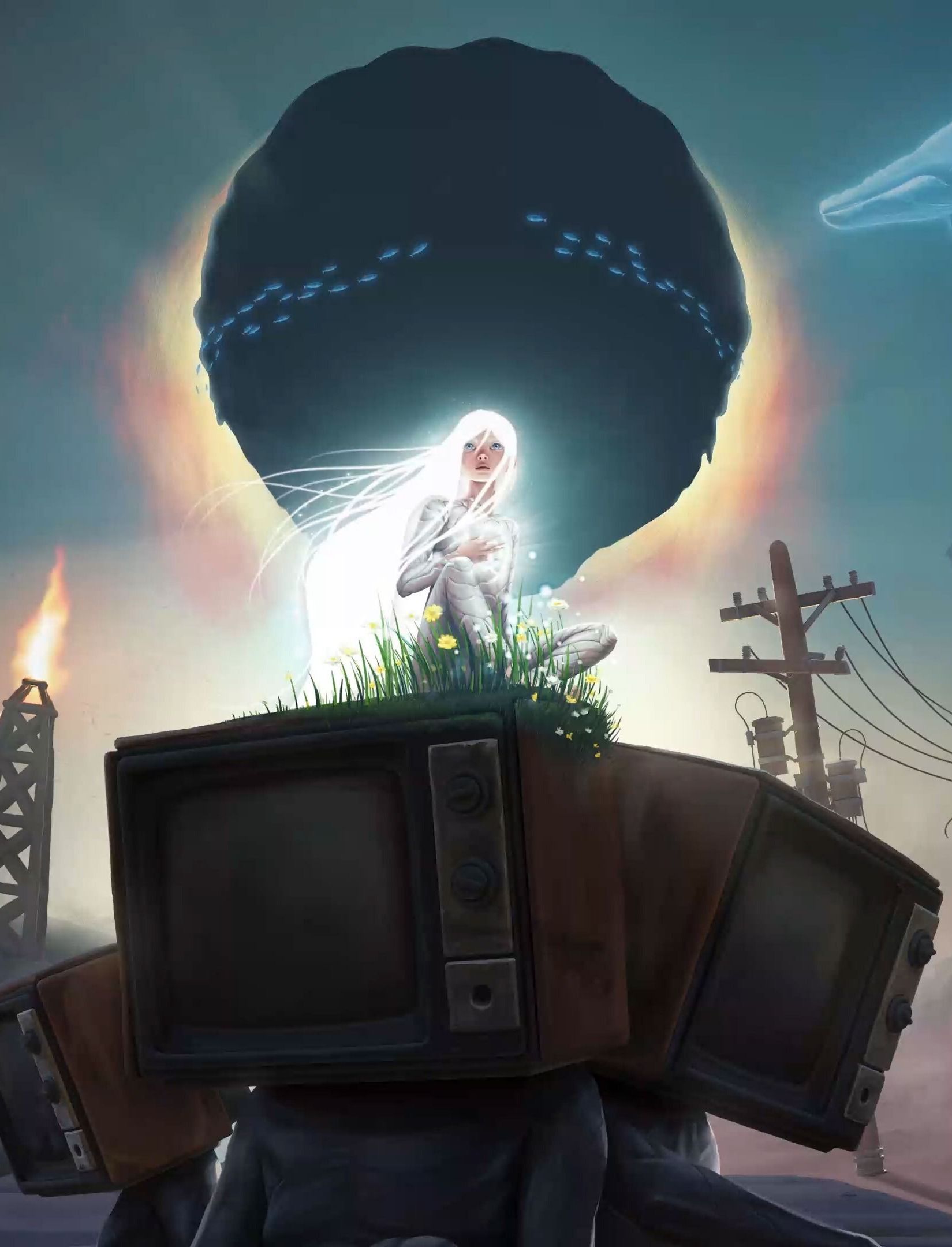
After Us
Play as Gaia, the Spirit of Life, and navigate stunning platforming environments in an abstract world to salvage the souls of extinct animals. Revive these creatures after learning their final fate: the last whale harpooned, the final eagle caged, the last deer hunted down, and more, while you survive encounters with dangerous, oil-covered Devourers that roam the wasteland in search of remaining life.

